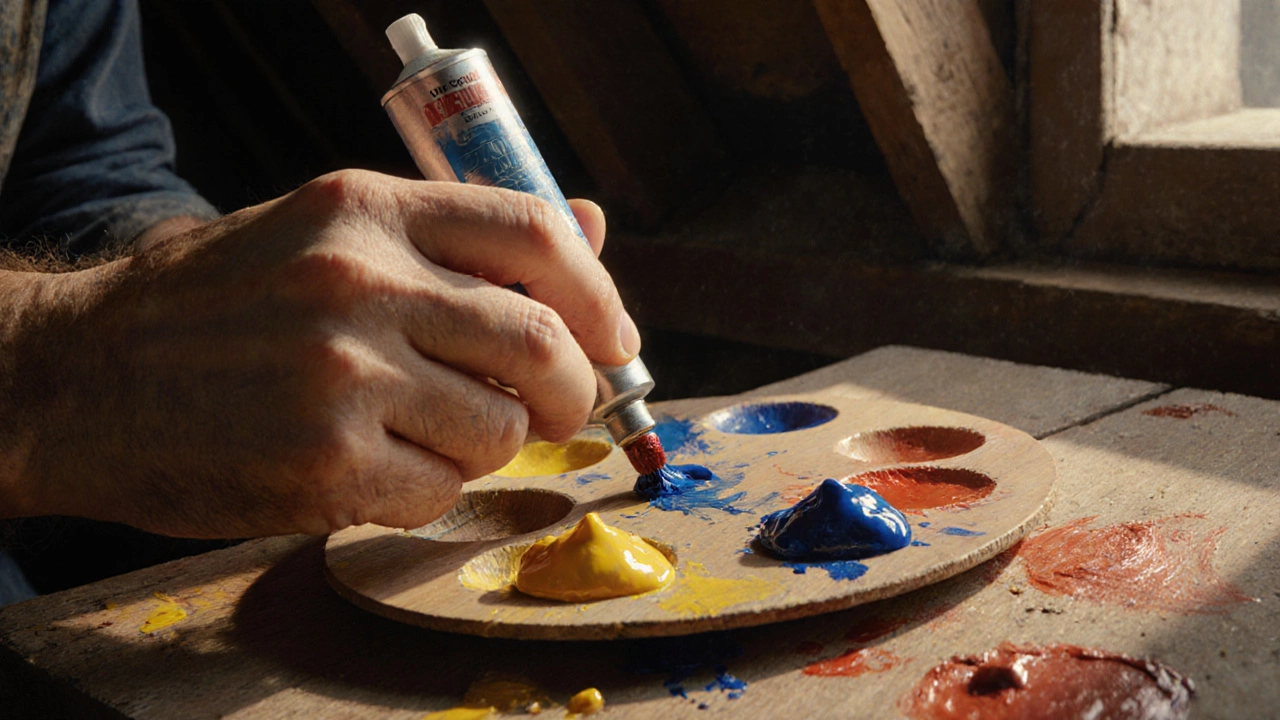Van Gogh Oil Paint: Techniques, Colors, and Why It Still Matters
When you think of Van Gogh oil paint, the thick, emotional brushstrokes and vivid hues used by Vincent van Gogh in his iconic works. Also known as post-impressionist oil technique, it’s not just about pigment—it’s about how pressure, texture, and color emotion were turned into visual language. Van Gogh didn’t just paint; he built his images with layers of paint so heavy you could feel the rhythm of his hand. He used oil paint like clay, not just to show a field or a sky, but to make you feel the wind in the wheat or the ache in a starry night.
His palette wasn’t fancy—it was simple: cadmium yellow, cobalt blue, vermilion, and zinc white. But he mixed them differently. He didn’t blend colors smoothly. He put pure tones side by side, letting your eye mix them. That’s called optical mixing, and it’s why his paintings glow even in dim light. He also painted on rough canvas, often straight from the tube, using a palette knife or the end of his brush to drag paint into swirls. This wasn’t accidental—it was his way of pushing paint beyond realism into feeling. His technique influenced everything from expressionism to modern impasto styles you see today.
Artists still study Van Gogh’s oil paint methods because they teach more than how to mix colors—they teach how to use paint as emotion. If you’ve ever wondered why a simple painting of a chair or a self-portrait can feel so alive, it’s because Van Gogh showed that oil paint doesn’t need to be perfect to be powerful. He painted through pain, through isolation, through obsession—and his work survived because it was raw, real, and relentless. You don’t need to be a master to copy his style. You just need to trust your hand, load your brush, and push the paint like you mean it.
What you’ll find in the posts below are real, practical guides from artists who’ve studied his methods—not just his life, but his materials, his brushwork, his layering, and how to use oil paint the way he did. From how to choose the right canvas for thick impasto to why starting with dark values gives your painting depth, these posts break down what works, what doesn’t, and how to bring that same energy into your own work. Whether you’re painting a portrait, a landscape, or just trying to understand why Van Gogh’s stars still pull at you, this collection gives you the tools to see—and paint—like he did.
